Presentation: Managing Employee Complaints Regarding Business Policy
VerifiedAdded on 2023/06/10
|11
|385
|311
Presentation
AI Summary
This presentation delves into the complexities of managing employee complaints regarding business policies and procedures in the modern business environment. It highlights the importance of effective communication and explores the impact of policies on employee productivity. The presentation links cognitive dissonance theory and the coordinated management of meaning to explain employee reactions to policy changes. It provides examples of solutions implemented by companies like Apple and Google, and suggests strategies such as establishing grievance addressal systems and holding regular meetings to address employee concerns. The presentation concludes by emphasizing the need for companies to listen to their employees and adapt policies accordingly. It also reflects on the presenter's strengths in project structure and domain knowledge, while acknowledging the need for improvement in public speaking and academic writing skills, with plans to address these areas through seminars and research assignments. This document is available on Desklib, a platform providing a variety of study tools and resources for students.
1 out of 11
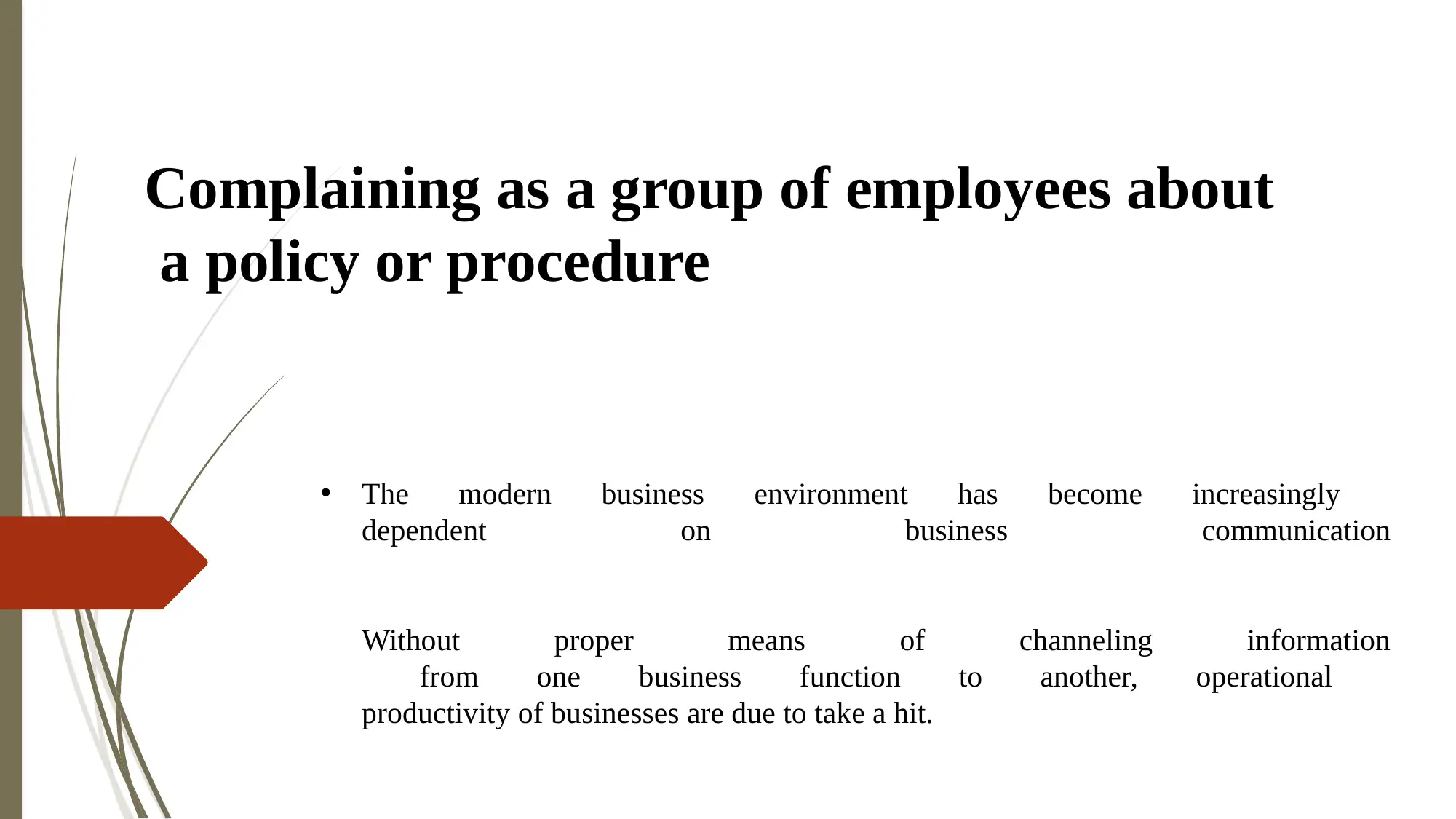
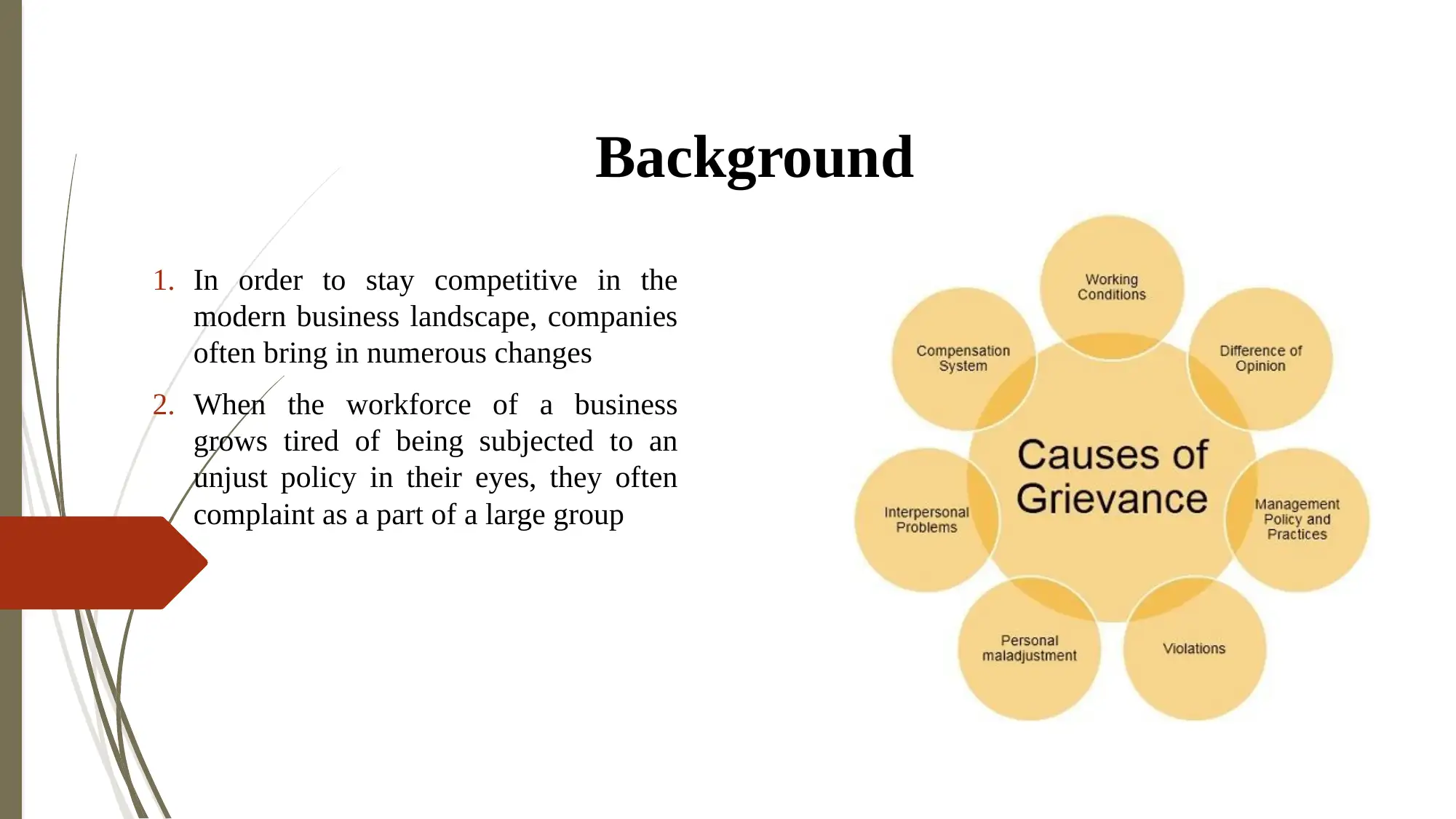
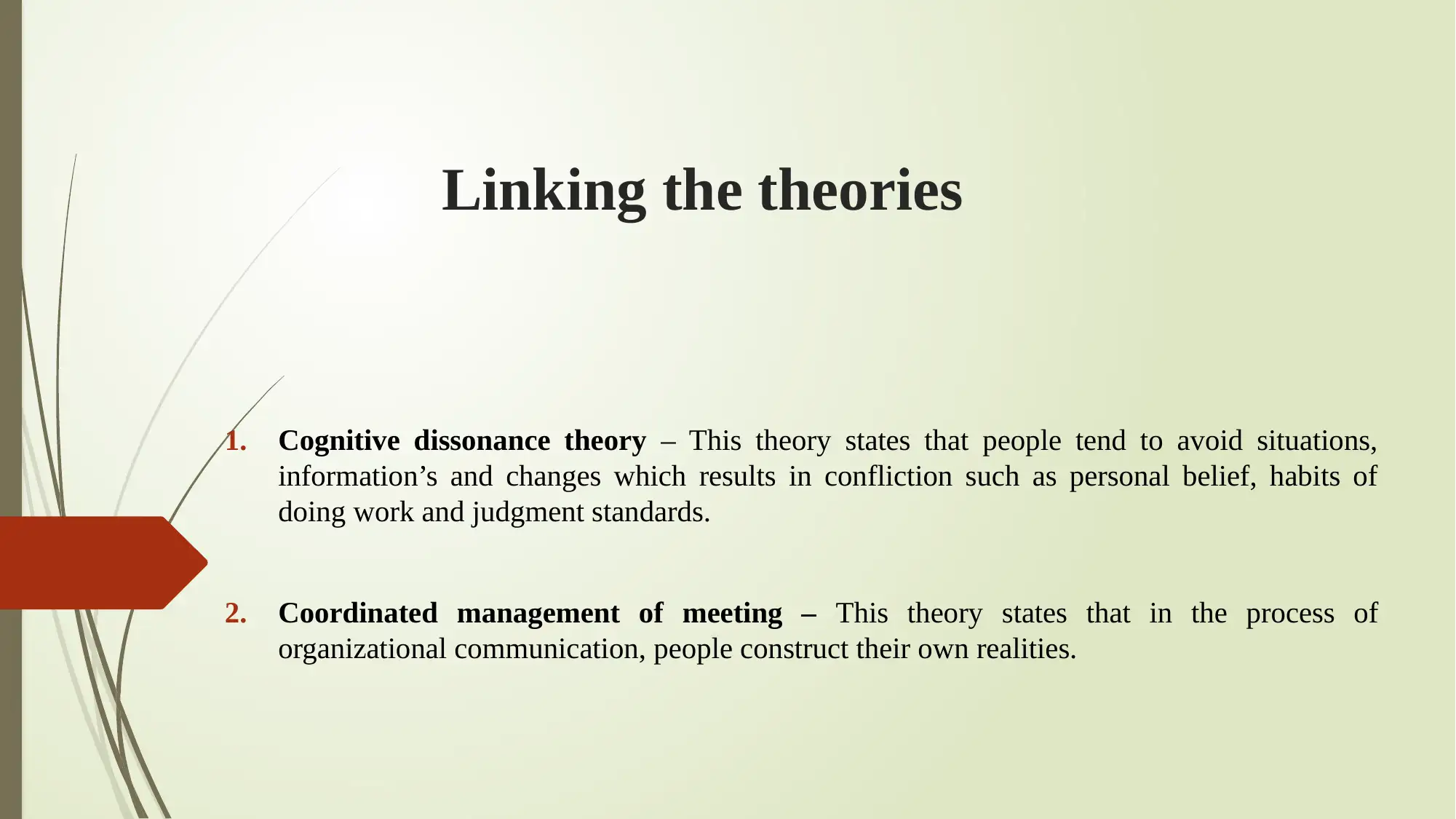

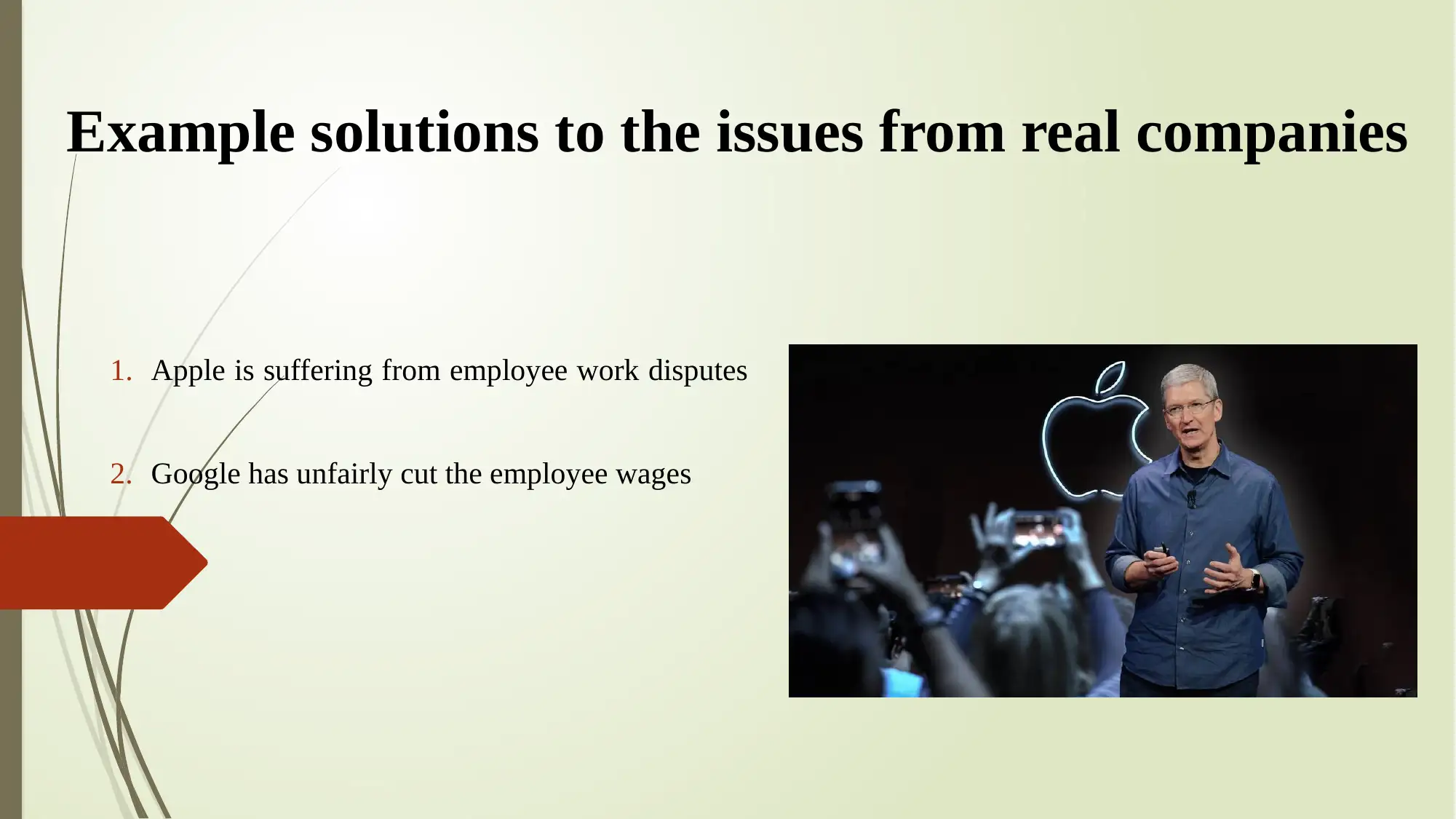
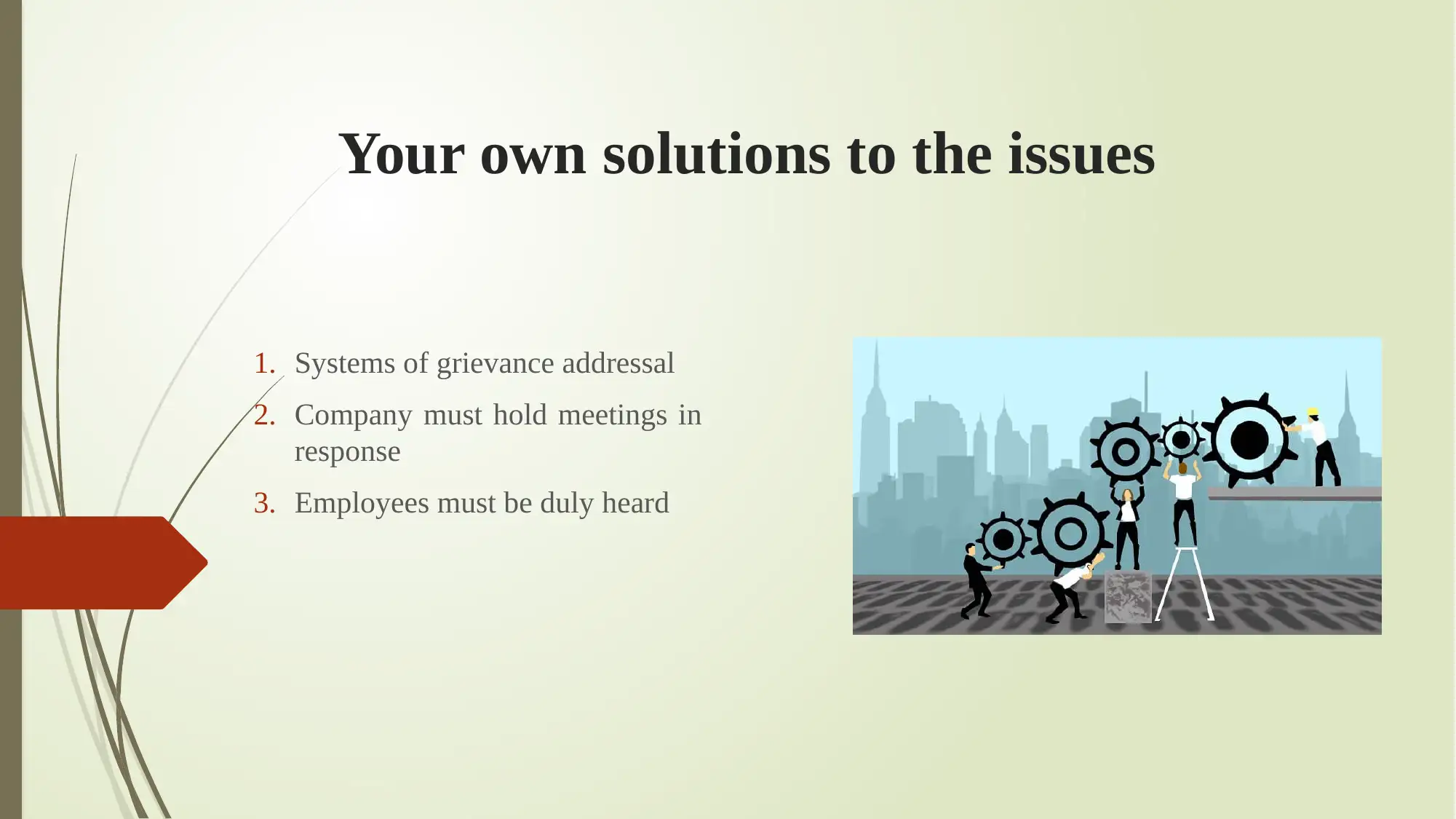
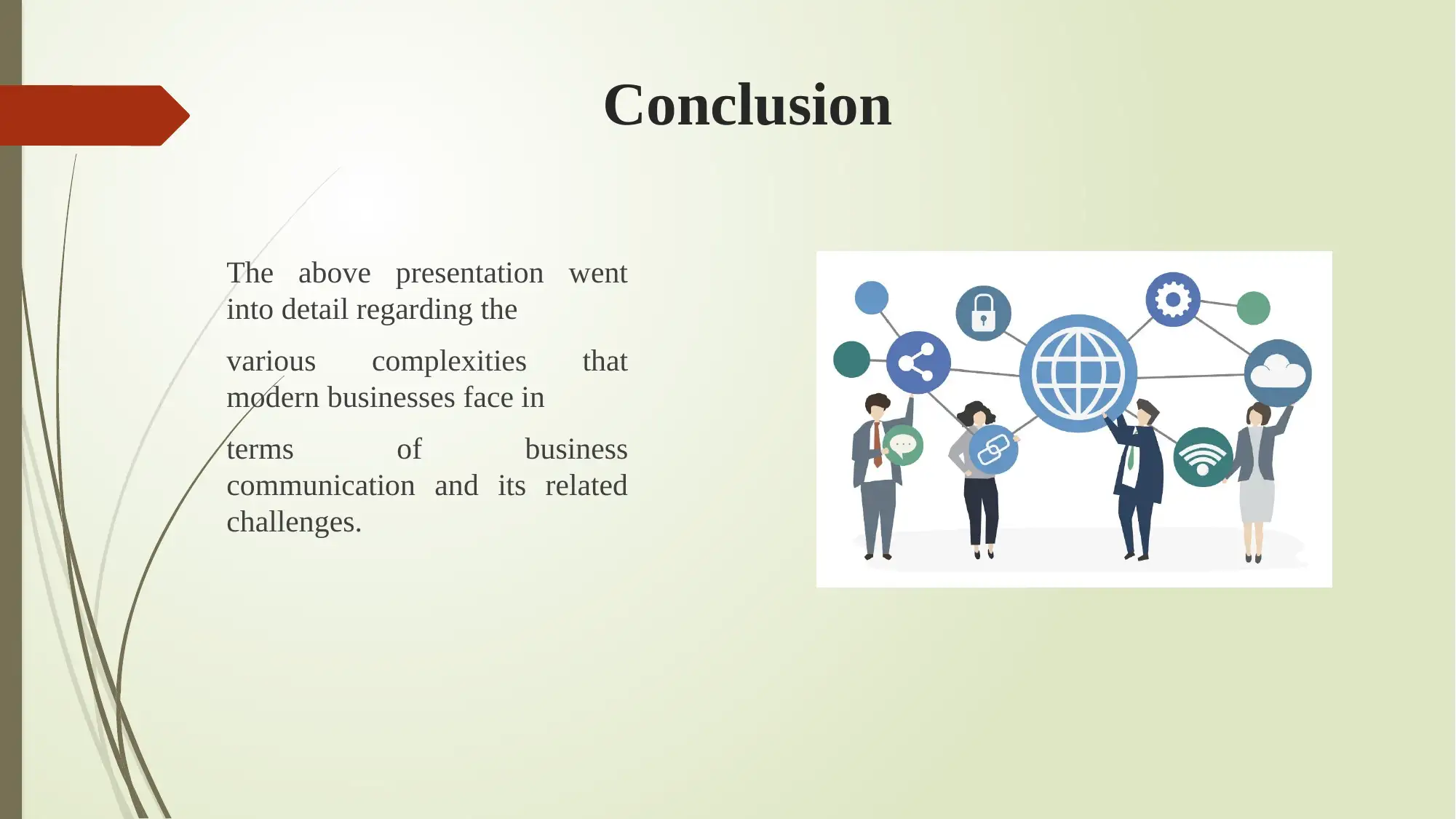
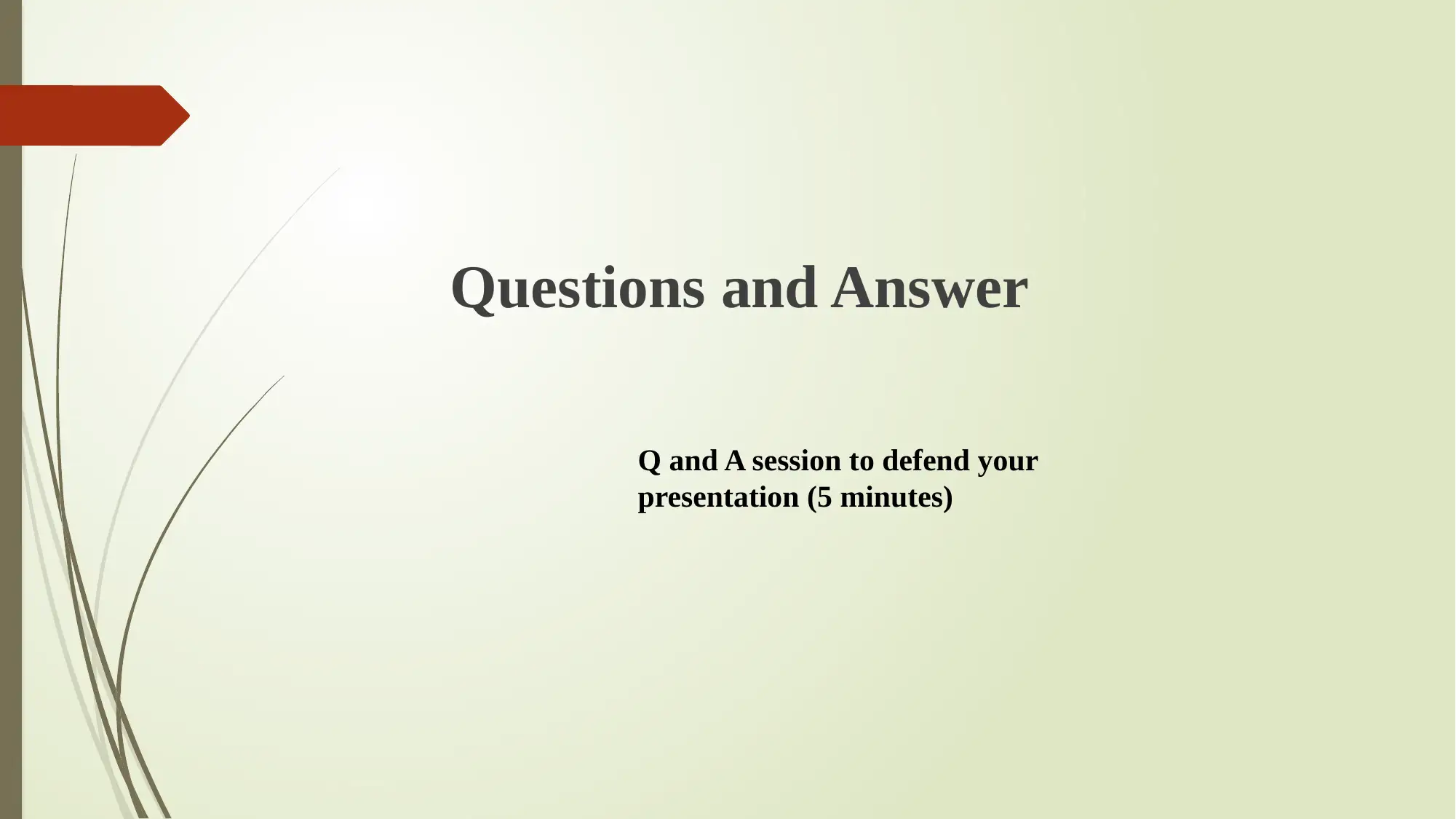
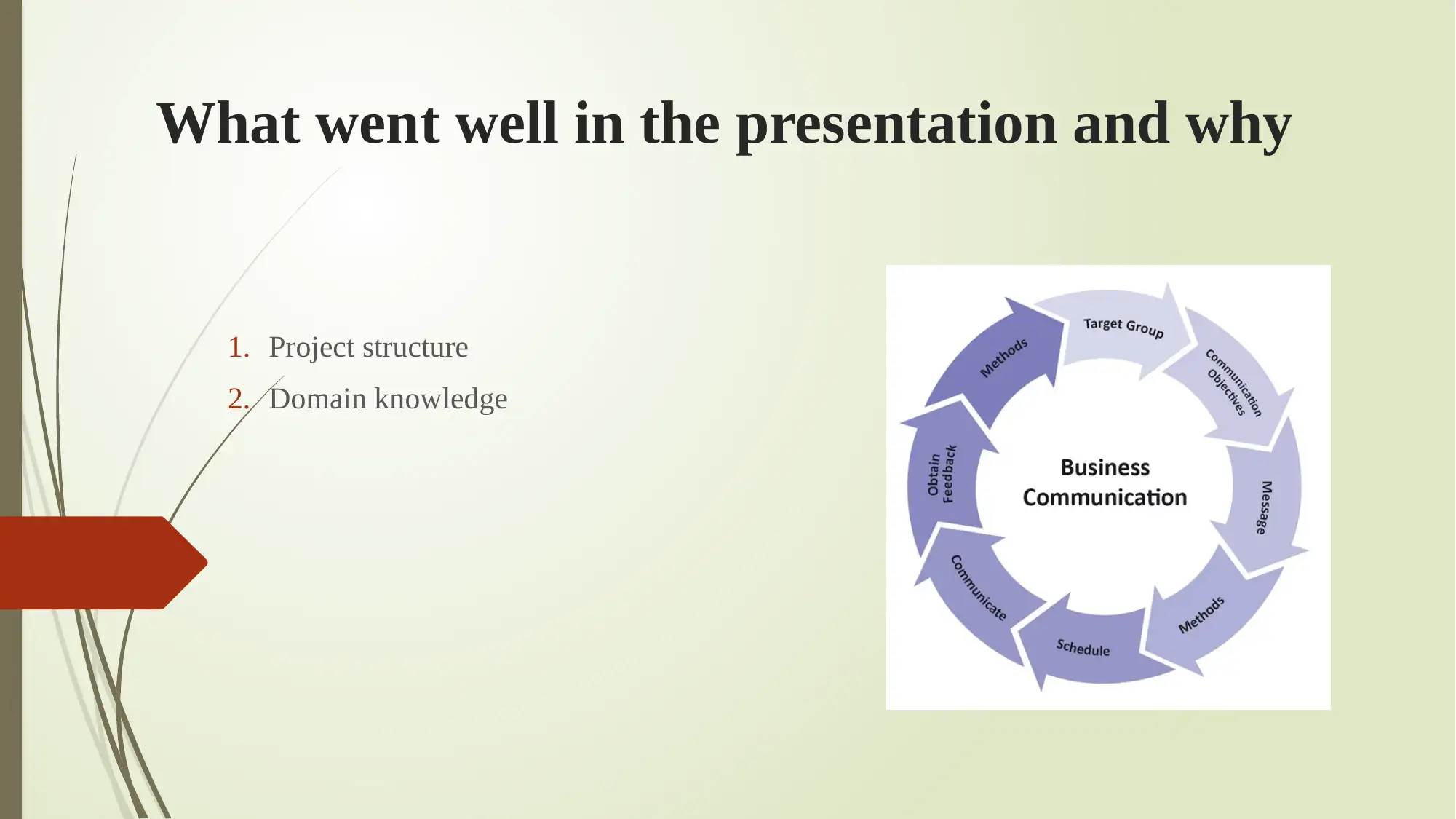
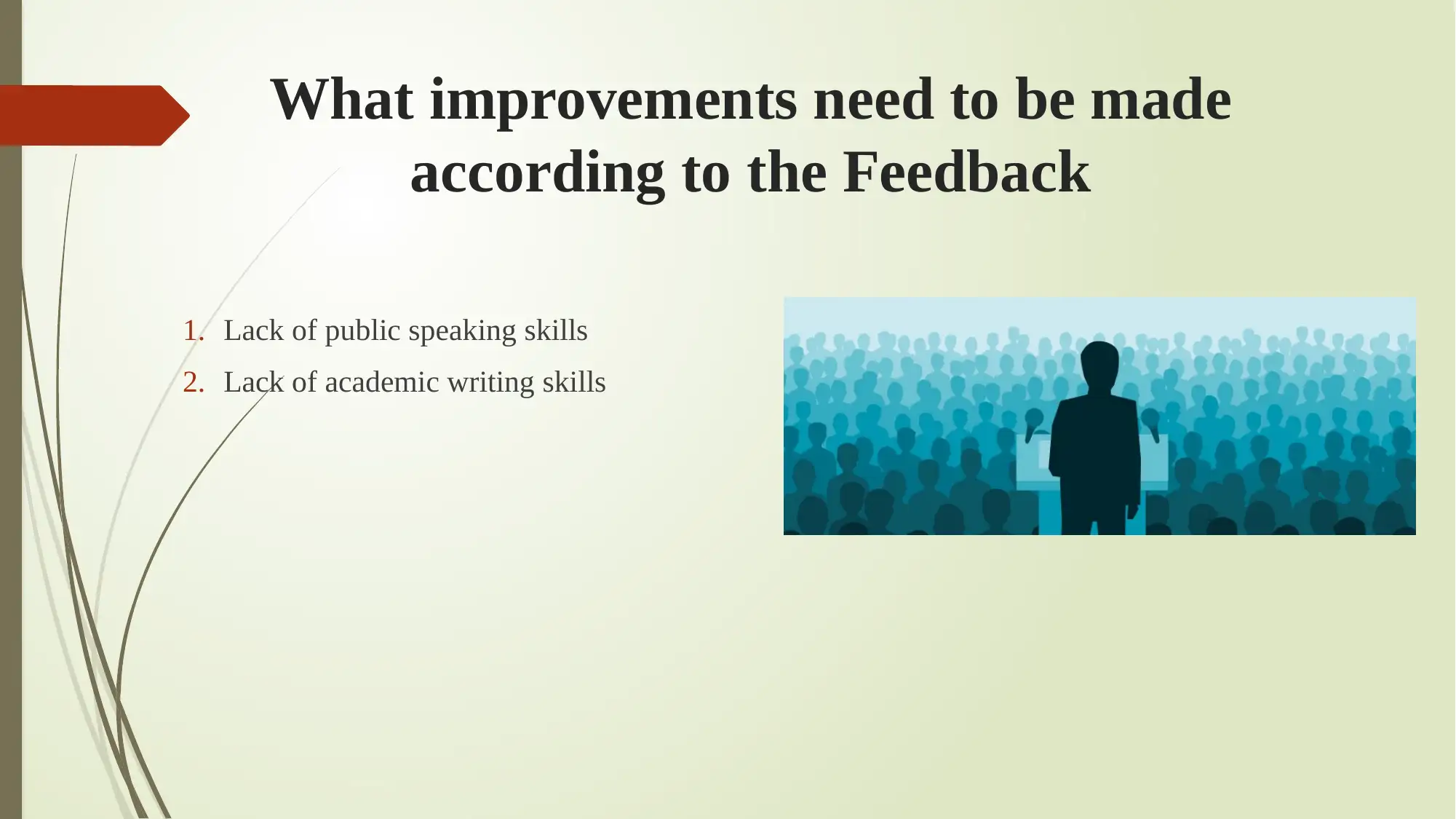
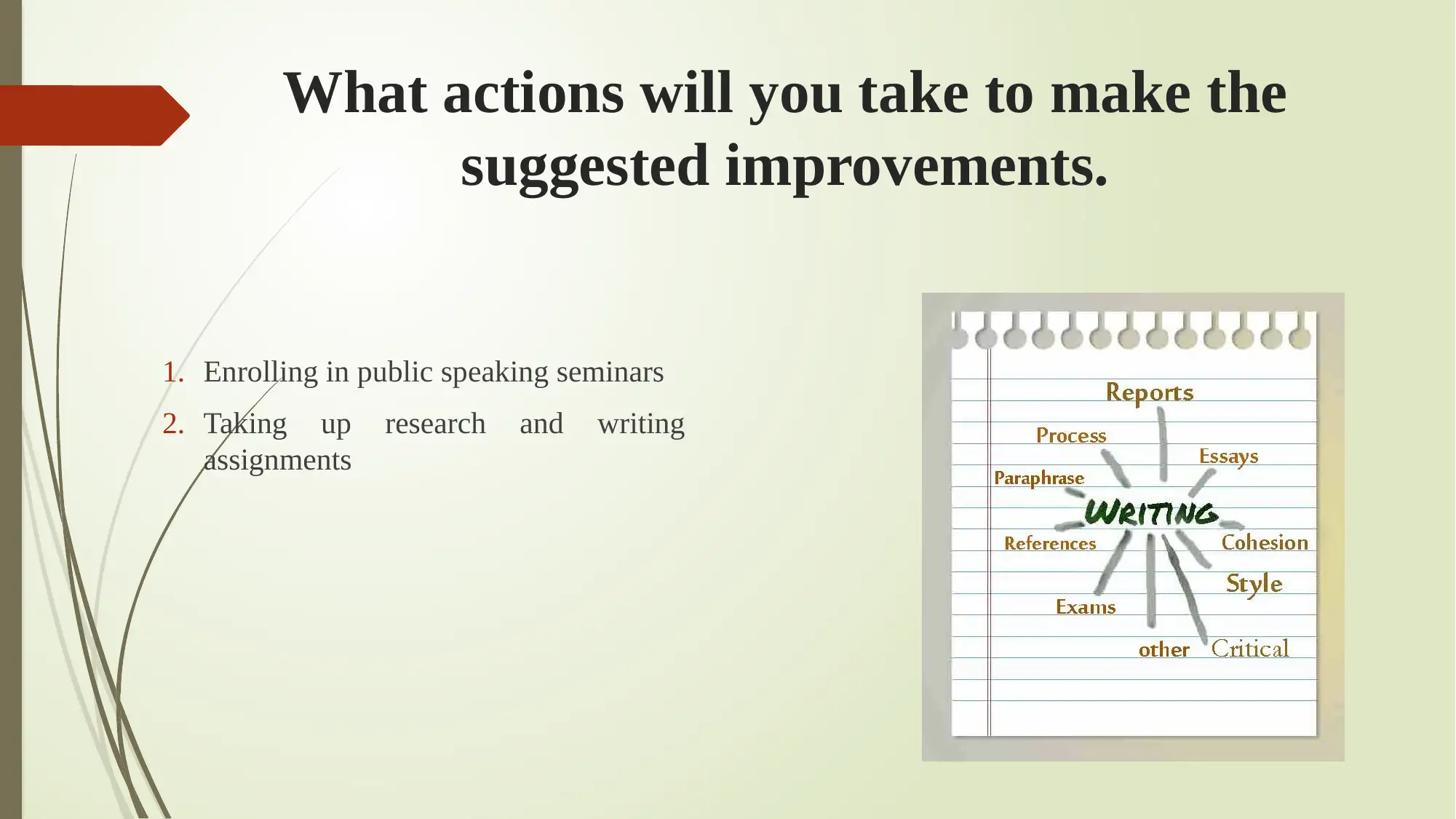
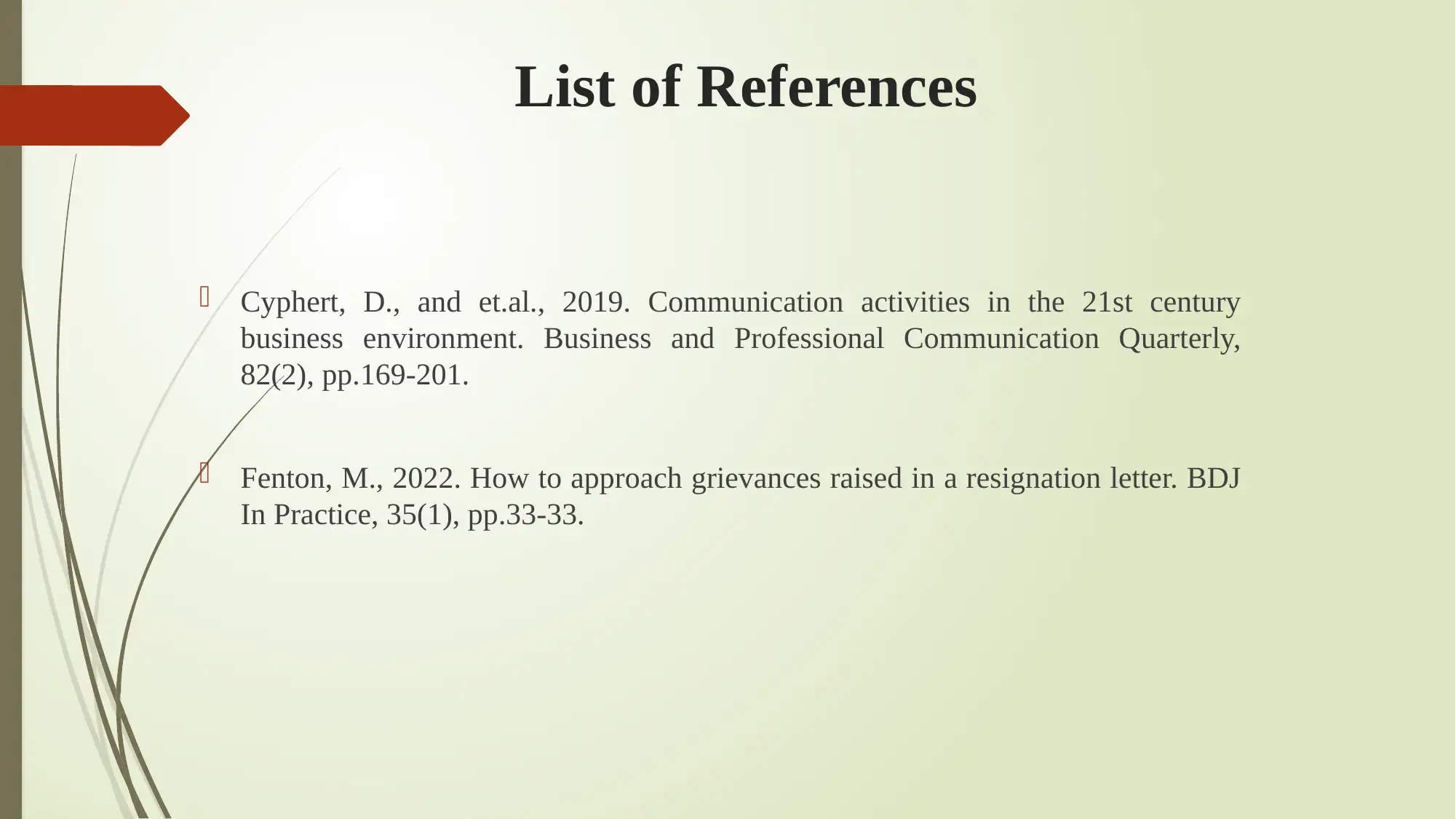





![[object Object]](/_next/static/media/star-bottom.7253800d.svg)